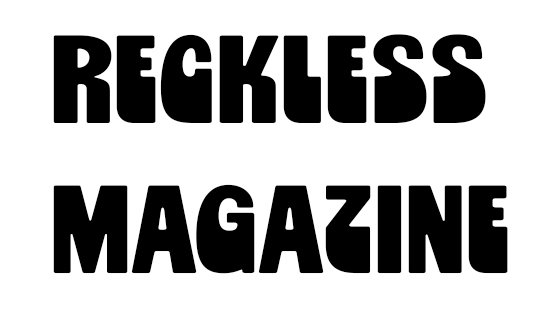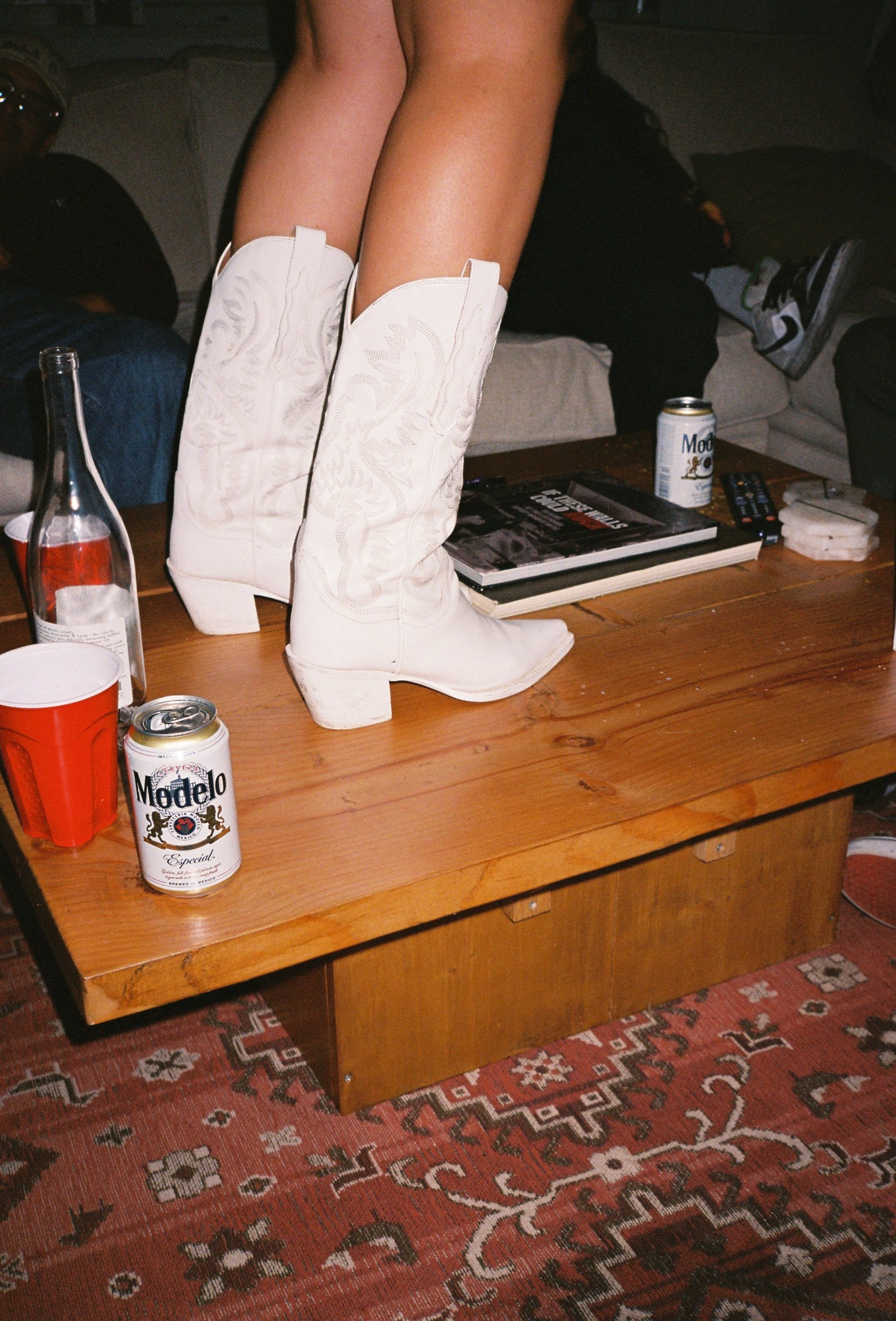Drag in Monochrome

Up Close and Personal
Photography By Stephen Brownlee
Photographer Stephen Brownlee shares images from his project, “Drag in Monochrome”. Stephen opens up about the how the project gives an up and personal perspective of the Los Angeles drag scene, why drag artists need more credit, and to never be afraid of failure.
Los Angeles, USA
How did you begin your journey as a photographer?
To tell you the truth, I took it seriously two years ago. I was still at that stage in my life wondering what I wanted to do but I felt like I had to act quickly because I was reaching my mid-30’s. I’m 35 now. When people noticed I had a talent behind the lens it was the first time in my life that I felt like I was good at something.
What have you learned along the way?
Be patient and have fun. That’s the number one thing I’ve learned so far. This is a lifelong journey and you will never stop learning. Don’t be afraid to fail and don’t be afraid to try different things. Respect your fellow photographers. This is a community and we should work together so never be judgmental or feel like you are on a higher level than them.
How would you describe your style? What makes your perspective unique?
I would have to say genuine and honest. I shoot in a natural and candid feel, if that makes sense. I’m all about capturing shots in real time. I’m still in the learning stages of being a photographer so I have not had any experience working with stage and lighting. Even if I did, I would probably have more fun shooting in a natural environment.
You are sharing images from your project, "Drag in Monochrome". What is the project about? Why is it important to you?
I think it’s about the drag scene up close and personal. Real moments and the real people behind the art. Funny how this project happened because this was unplanned. I was shooting photos with an iPhone for a drag queen I used to know and I started to get my work noticed. First time I’ve been really acknowledged for anything I’ve done. Because I knew fellow performers of hers, I started to photograph one King and Queen after another just for practice and this project really started to grow.
It’s important to me because this project represents my start. I’m aspiring to become a professional live music photographer. I have shot amazing bands like French Mouth, Giovannie and the Hired Guns and Girls Against Boys. I think if it was not for Drag in Monochrome I don’t think I would have discovered my love in live music photography.
Tell the story behind one of your photographs from the project.
I shot my first backstage photo with a performer named Borgia Bloom Facade. She was getting ready for a performance and I studied her actions. She was at her table choosing the right hairspray, the right jewelry, the right eyelashes, etc. I’m literally watching an artist at work. This is a performance art. They are no different than a professional stage actor or musician or painter. They deserve much more credit than they are getting, especially with what’s going on with the community in different parts of the country right now.
What have been some highs and lows of documenting this scene?
Of course befriending some of the fellow performers would be a high. The awareness and growing fanbase of my work. Knowing that I’m someone living with Asperger’s Syndrome and that I have the confidence to achieve what it is that I’m doing. I’ve been fortunate enough not to really have any real negative experiences so far.
When I approach a performer and ask if I can shoot them for my project and if they say no or give me a dirty look, I don’t take offense to it. I stay positive and understand that I will run into rejection from time to time. That goes back to my point earlier that you should never be afraid of failure.
What are some of your favorite venues and events to shoot at?
In regards to Drag in Monochrome, I love shooting out in the open like festivals and parades. When the project first began I was shooting in clubs but it became repetitive so I try to be out and about in the city when I shoot. My favorite club I’ve ever shot was at Redline in Downtown Los Angeles. It had an awesome backstage setting thanks to the Latin Load event that was hosted by an artist named Alize Stone.
What makes the drag scene in Los Angeles so special?
Wow. That might be a question you might want to ask me in about 10 years. It’s hard to give you an answer right now because personally I have not experienced the drag scene in other parts of the world yet. If I had to answer, I think it’s like anything else in LA. It's a multicultural community that has come together and expressed their art as one big family.
If you can document a drag scene in any other city, which one would you choose and why?
Mexico City. That’s one city I really want to shoot at. They bring an exotic feel to their art and the environment there would be a thrill to shoot at. I’m aiming to go there in 2024.
What's next for "Drag in Monochrome"? What's next for you?
This project was originally intended to just be for a year and only in Los Angeles. I’ve decided to grow this project into the next 10+ years and start shooting in different parts of the world starting in March when I go to New York . Other places I would like to take this project to are Mexico, Brazil, Japan, El Salvador, London and more. Right now you can catch me shooting around the LA music scene and studying photography, of course. My major influences so far are Annie Leibovitz, Greg Williams, Jerome Brunet and Steve Rose. Eventually my plan in the long run is to produce a book and art exhibit out of Drag in Monochrome.






